We had lots of ideas about how water gets underground, so we put all our investigation ideas into action today! Come Monday, we'll discuss what all these ideas mean as it relates to what we wanted to figure out!
|
We spent today figuring out how we could specifically determine how water gets underground with the initial model ideas we had from the other day. Here is a quick recap of our thinking with how water gets underground in the first place. From our discussion, we came up with the following investigations to determine how water gets underground: The great news about all these investigation ideas is that we have LOTS of the materials needed for these investigations. We figured out how we'll actually do them tomorrow and answer lots of our questions (we hope)!
After discovering from our USGS maps that there is more groundwater than freshwater on the surface, we wanted to figure out how groundwater actually gets underground. We have lots of competing ideas, many of which involve rain soaking into the ground (but how does it actually do that?) and traveling underground from a nearby pipe or body of water, to even some sort of rain catcher/bucket system. We developed some initial models and will come up with some investigations to see just how this happens! Check back soon to see our investigation ideas!
Now that we've figured out that some people use groundwater, we've got a whole slew of questions that surfaced. But before we can figure out some of them, we figured it would be best to figure out how water actually gets down below the surface. It makes the most sense to start with this step first, and then we can work towards figuring out if it's clean and how it can come to the surface.
Our contact person in OK says they definitely use groundwater there, so we're thinking it has to be clean somehow. But she also said it can run out. So figuring out how water gets below the ground seems to be our most logical next step! We took a quick break to revisit our DQB to see if there were any questions we could answer. We hadn't done that in awhile, so we were itching to clear some space for some new wonderings we've been generating! Here's what we were able to answer!
So we agreed that people might get their water from underground when they don't live near freshwater bodies of water. Mrs. Brinza contacted two teachers she met this summer, and one responded. Here's their communication via Twitter: It seems like she doesn't live in Kansas, but rather in Oklahoma. She lives on a farm and does use groundwater or "well water" as she states. It seems to run out, which is odd, too. We wanted to dig some holes in the ground, but it's kinda hard to here. But this guy on YouTube did some digging, and he found water underneath an old, dried-up riverbed. The digging process was kinda long, but he eventually got some water even though it was "muddy, but drinkable," he said. We then wanted to honor some ideas that came forth from the video--like is there water underground everywhere? Our YouTube digging friend found water under an old river, so this got us wondering about if water was in other places in the ground that were not under former bodies of water. We turned to USGS underground maps! There seems to be a lot of water underground, which is springing up a whole bunch of new wonderings. Remmber, we're trying to answer our DQ for the unit, which is about where our clean water comes from, too! Hopefully we're working towards this goal even though new questions are arising!
So if people don't have any freshwater nearby, what do they do?
We had a BIG classroom discussion today about this, and came up with the following ways in which people might get clean water that don't live near a source: 1. Wells 2. Snow/hail melts 3. Water tanks 4. Water towers 5. Human-made "lakes" or "reservoirs" that catch rainwater 6. The ground 7. Rain water "catchers" that are different from lakes/reservoirs 8. Pipes that travel really far from lakes/rivers 9. Trucks/planes that transport water 10. Saltwater treatment plants We are pushing to see more about this water in the ground, knowing that transporting water miles and miles either above or below the ground has to be time-consuming and expensive. We also didn't see a lot of snow year round on our government maps of the US, so this doesn't seem likely (maybe in Greenland or Antarctica where there is snow year-round). We know that water tanks and towers hold water, but how does it get in there? This led us to thinking about water in the ground. Many students brought up digging in the sand at the beach, and eventually finding water. Maybe this is the case for everywhere? That everywhere has water in the ground? So for investigation ideas, students came up the following: 1. Find an expert who lives somewhere where there is no freshwater nearby and ask them where their water comes from. Mrs. Brinza has some acquaintances she met at a teacher workshop this summer in KS and OK she will reach out to and see if they know. 2. Digging holes in the ground would be hard. So maybe someone else has done this? We'll turn to some videos to help us with this as there are all kinds of interesting people who film all kinds of things. There has to be a video somewhere of someone digging for water not near the beach. 3. And lastly, if there are maps for above the ground, there has to be some maps for below the ground! Underground maps might help us identify if there are places with water underground! So knowing that most people don't boil ocean water as their freshwater source (even thought some countries do this), we generated a pretty exhaustive list of where people may get their freshwater from.
From there, we decided to investigate various cities and where the closest body of freshwater was. We have quite the interesting set of findings!!! Knowing that all the treated freshwater leads into the ocean, and that the vast majority of the Earth's water is saltwater, students wondered:
Can saltwater be cleaned so we can drink it? While it certainly can, we did some heavy lifting with mathematical thinking to figure out the following: 1. It takes a LOT of time to get a really small amount of drinking water. We waited 10-20 minutes to get 2-3mL of water. Our water logs and research revealed that we use around 90 GALLONS a day. So no way is this process going to give us the water we need! 2. It is really expensive to do this. For the city of Chicago alone, it would take almost $1million dollars to do this for everyone living here! Plus, we don't have access to the vast amount of energy required for such a process. 3. It's not really environmentally conscious! Using all that fuel to heat the water to get it to evaporate and catch it in a different place isn't really considering being environmentally friendly. So if the Earth is mainly covered in saltwater, and cleaning saltwater to make it drinkable isn't really a viable option for most people (although some countries do use this process), where do people get their drinking water from? It's time to explore freshwater drinking sources and figure out the other part of our driving question: Where do we get our clean water from and where does it go once we make it dirty? Realizing all the treated freshwater becomes saltwater made us curious about how much freshwater vs. saltwater there was! So we did some research and built a mathematical model. WOW...is there a lot more saltwater! Do people actually clean it to use? This would certainly make sense since there is so much of it and so little freshwater!
|
Driving QuestionWhere does our clean water come from and where does it go once we make it dirty? Archives
February 2019
|
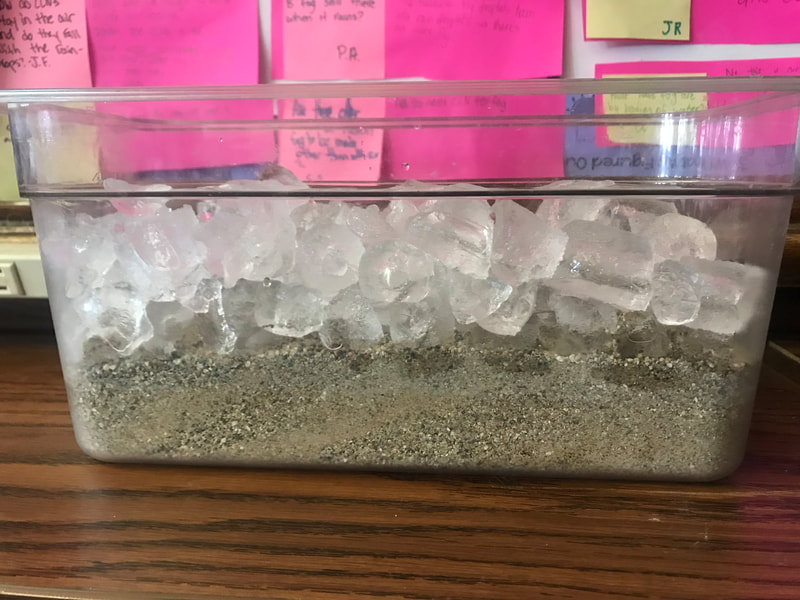
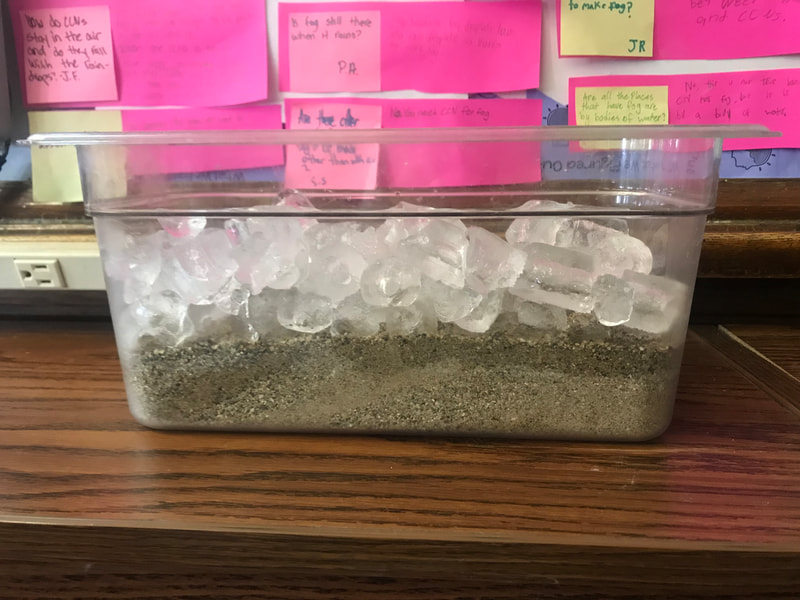
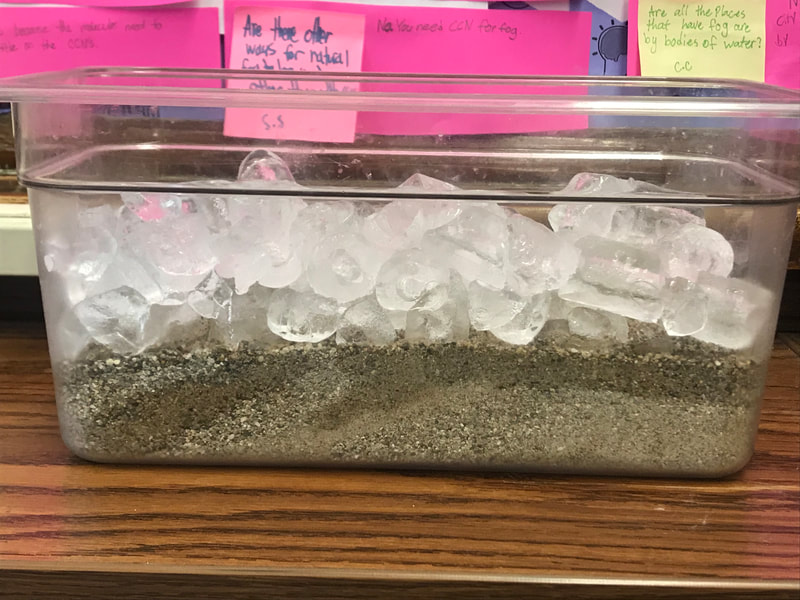
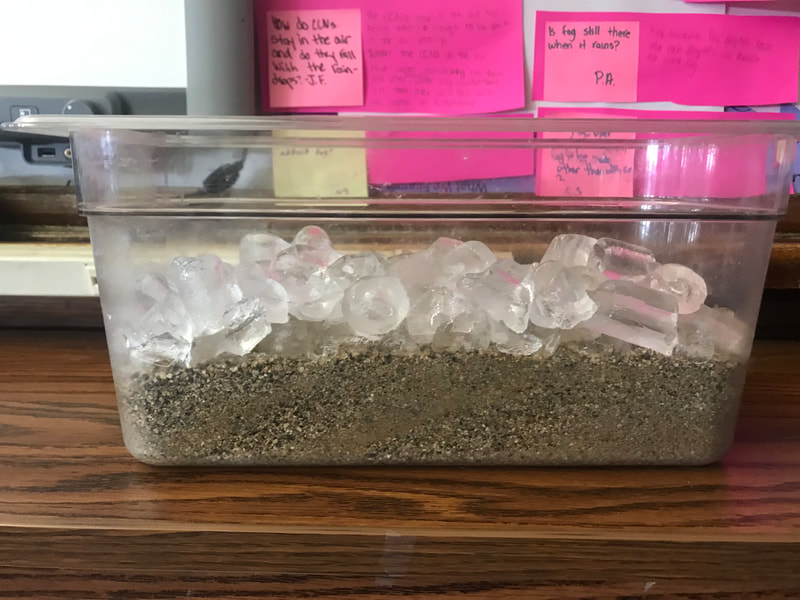
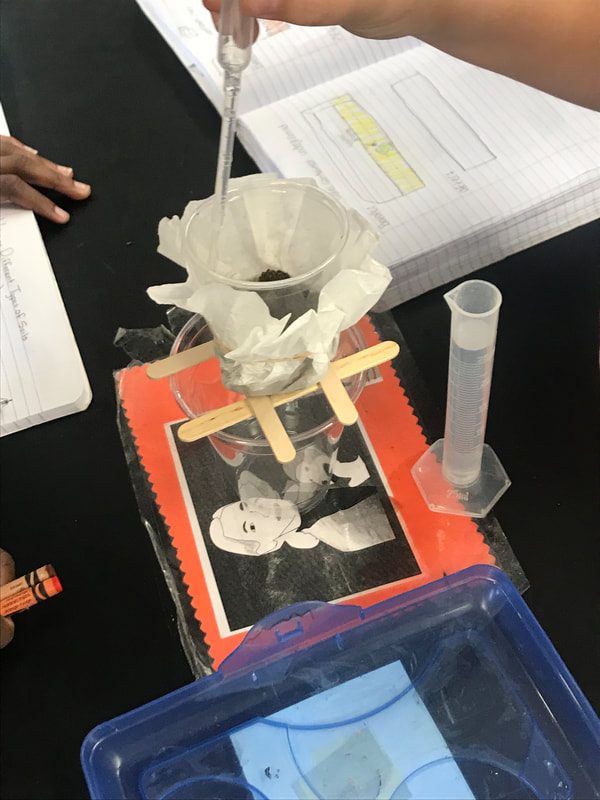
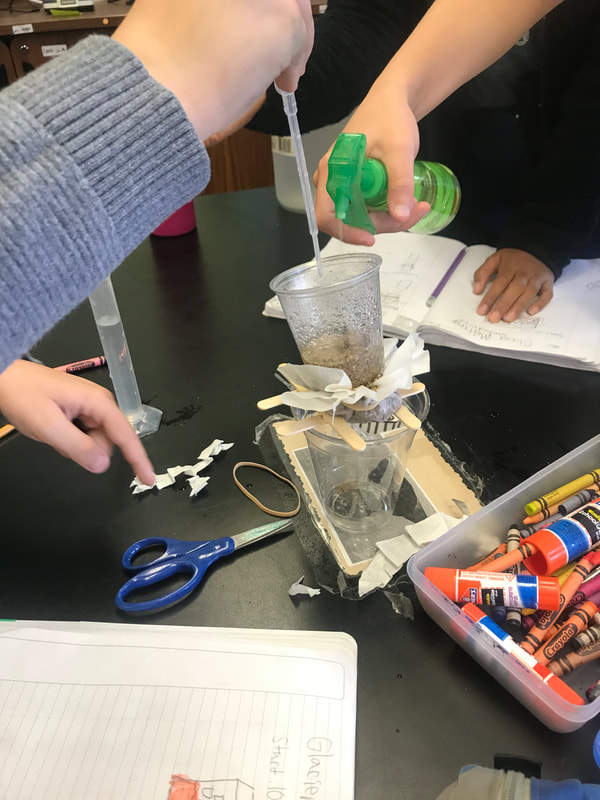
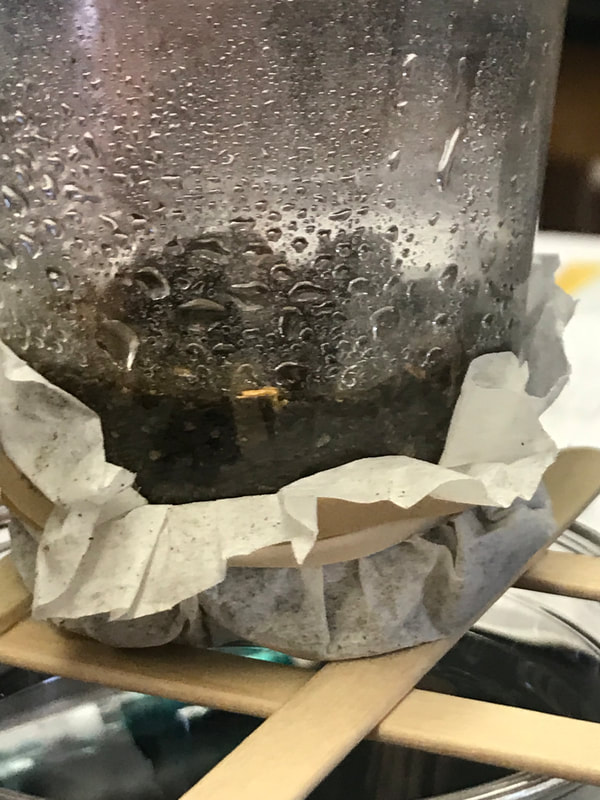
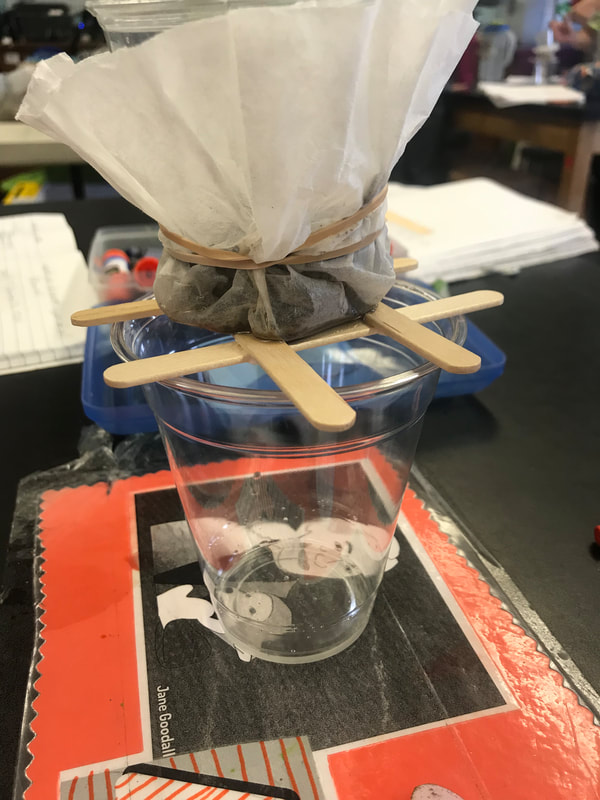
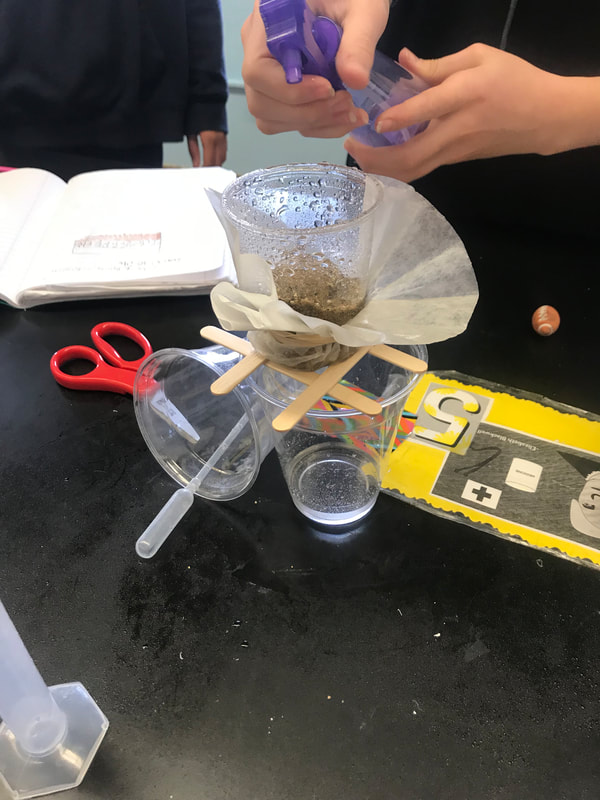
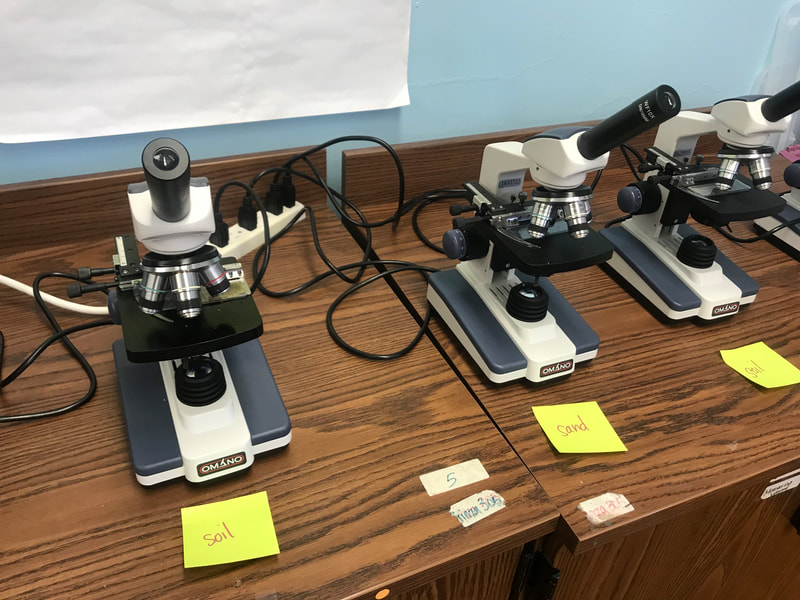
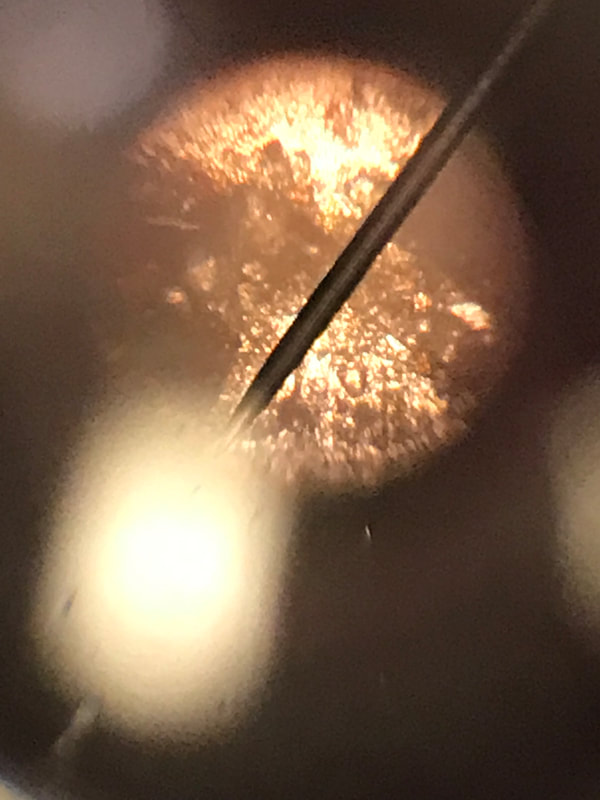
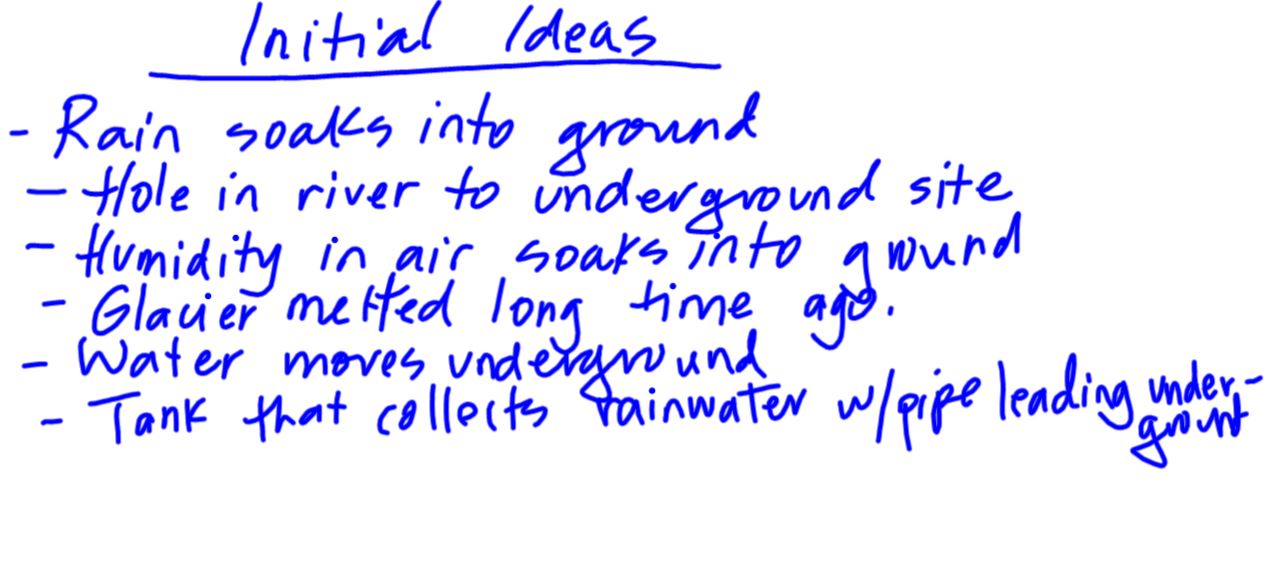
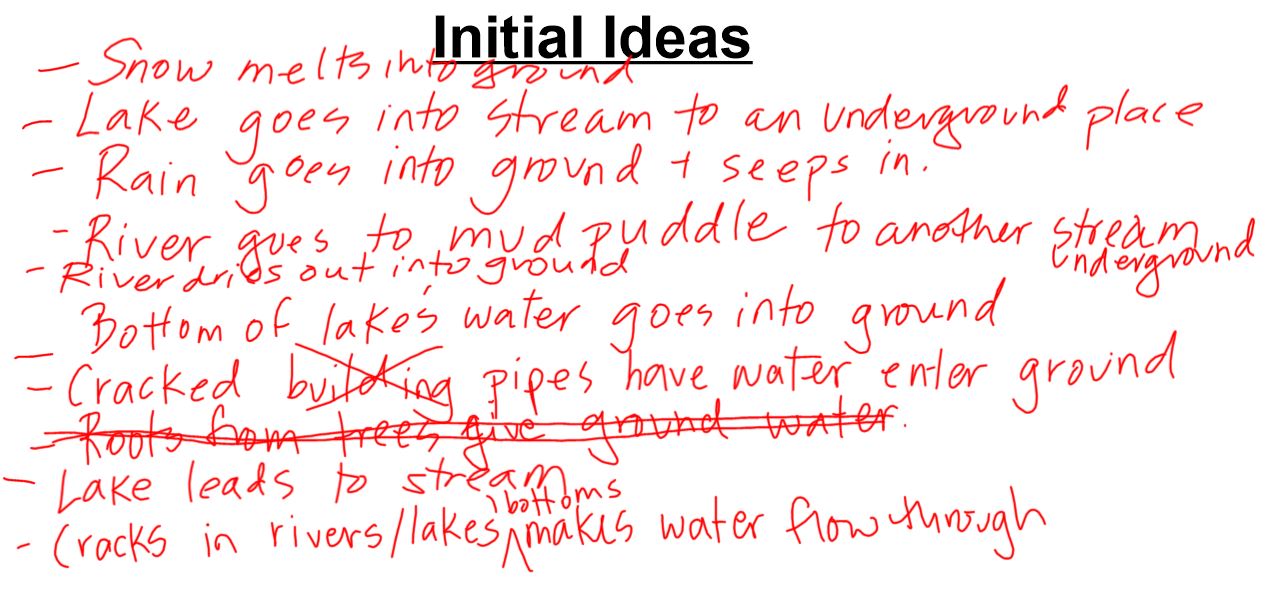
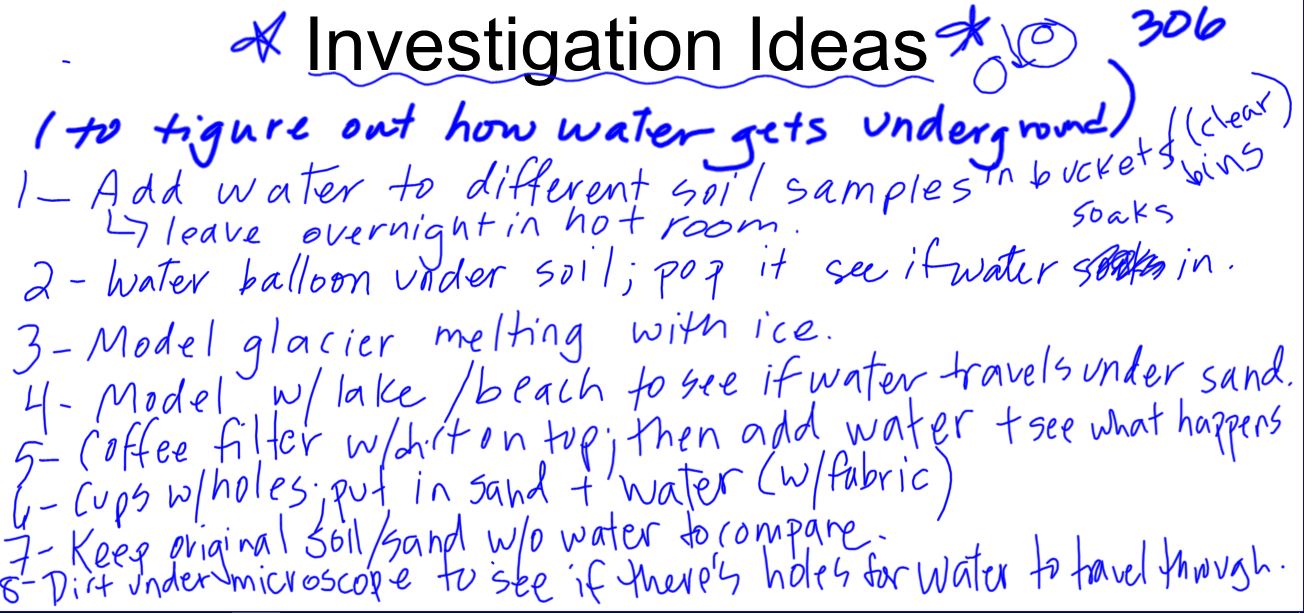
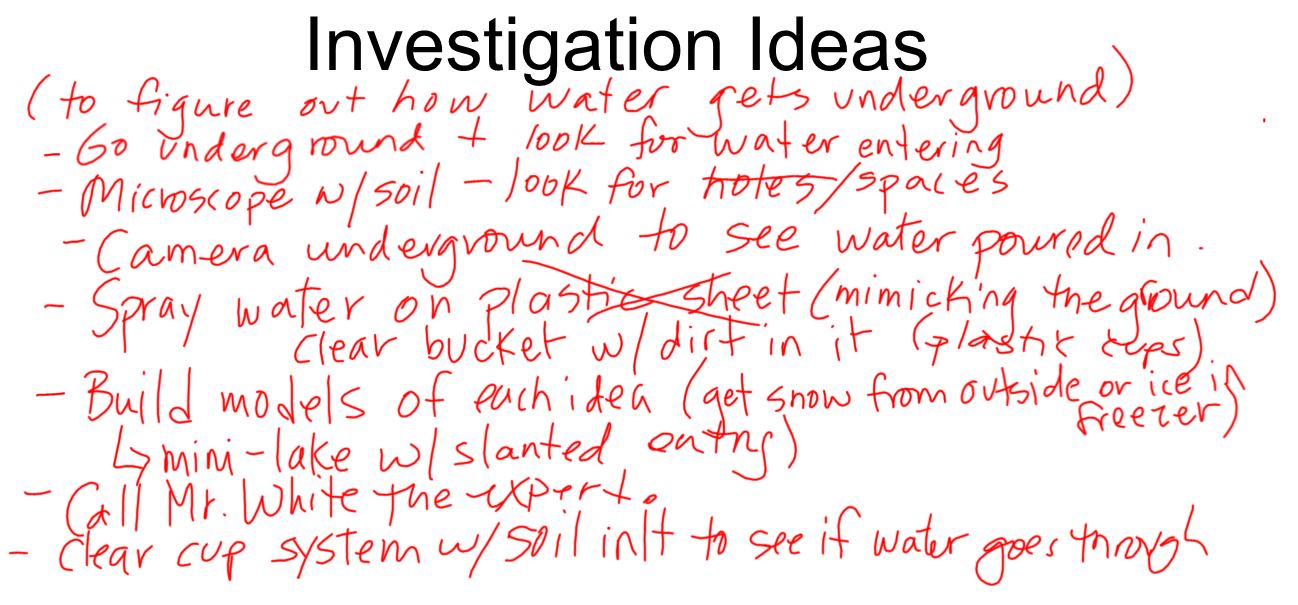
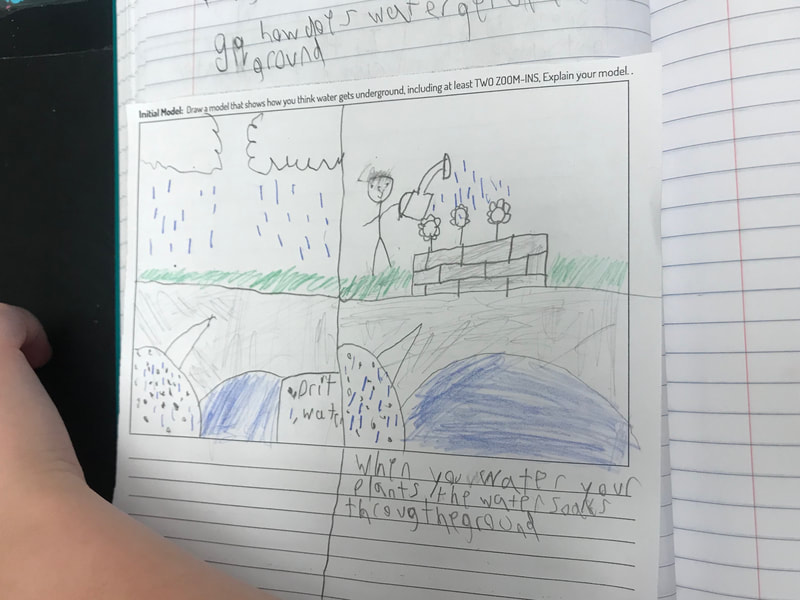
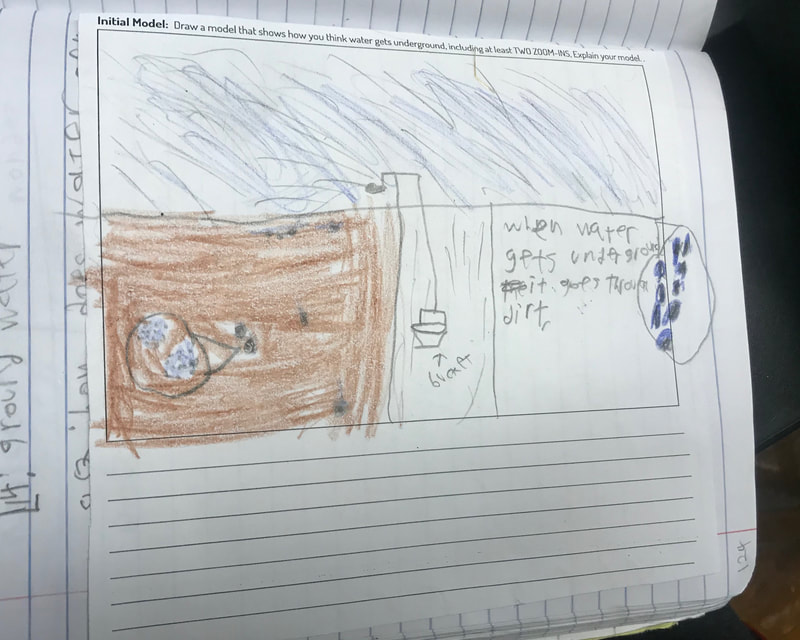
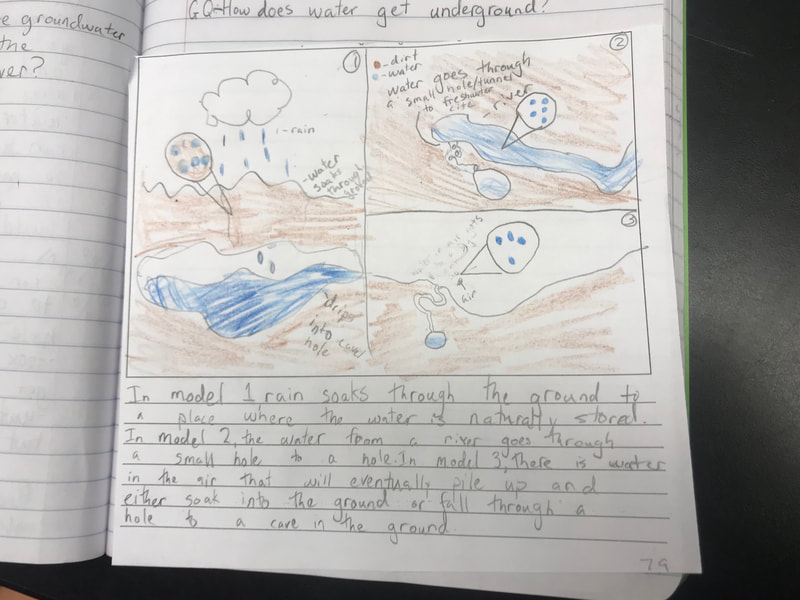
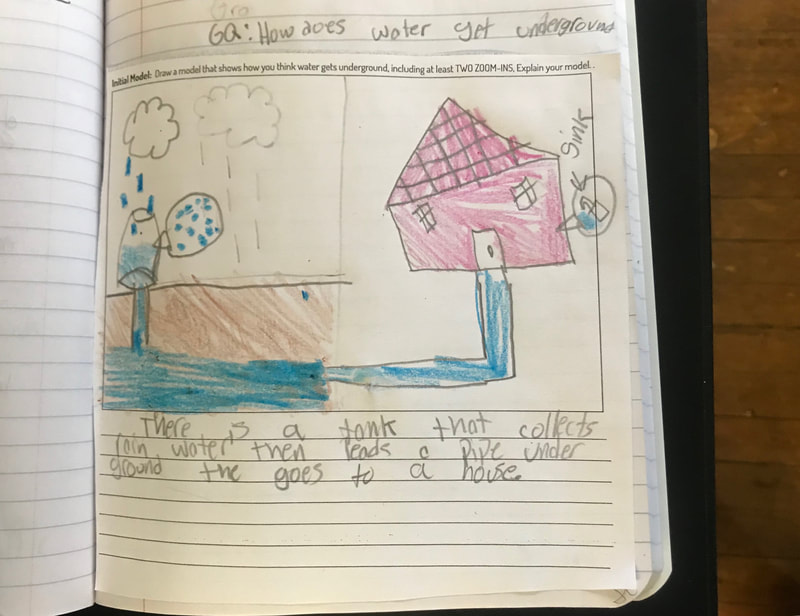

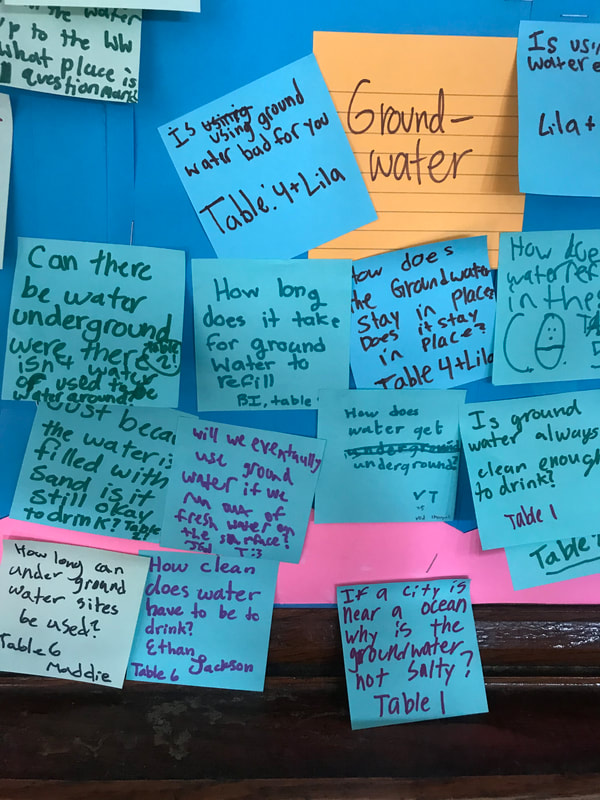
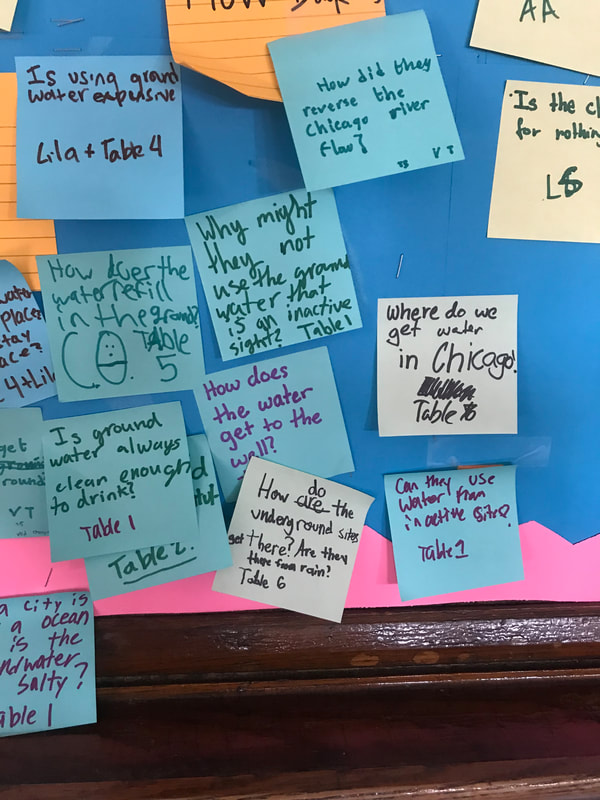
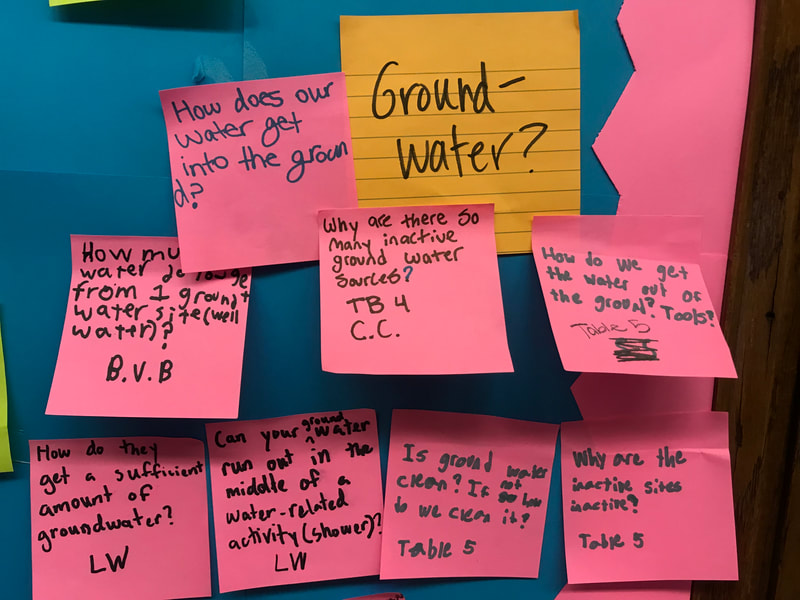
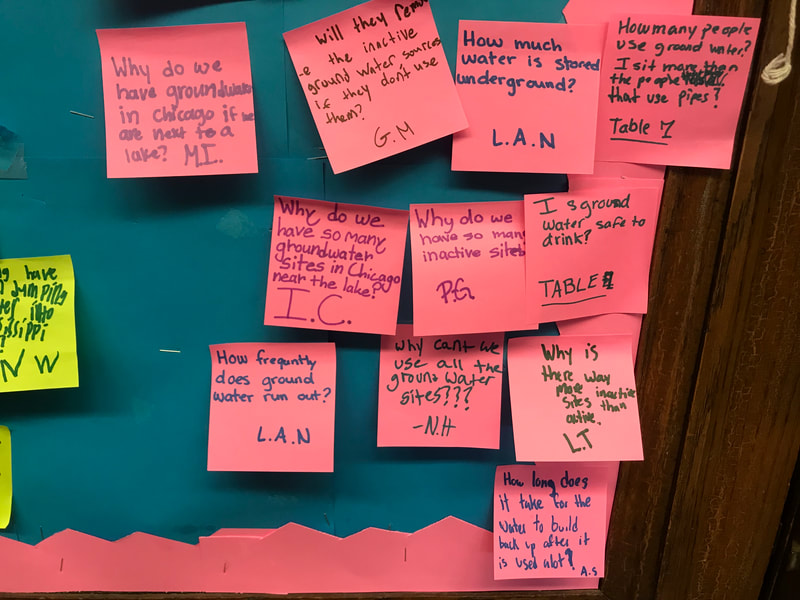
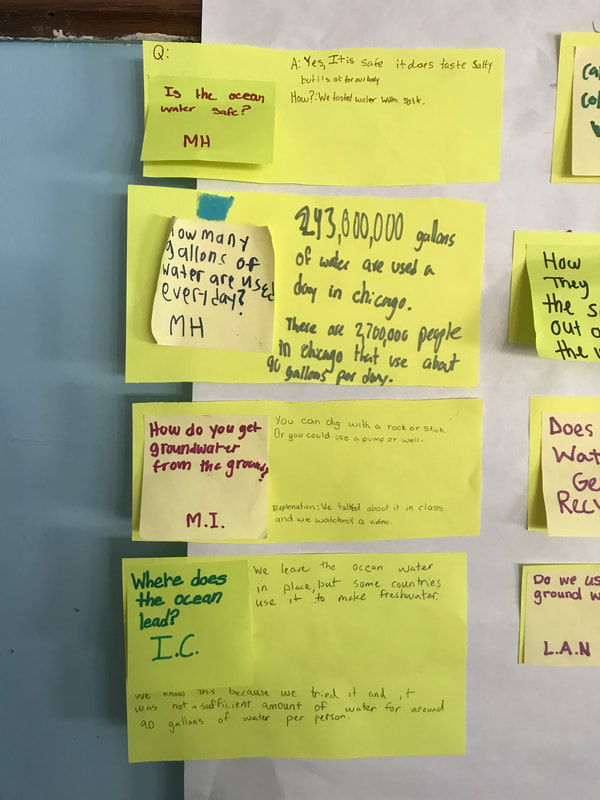
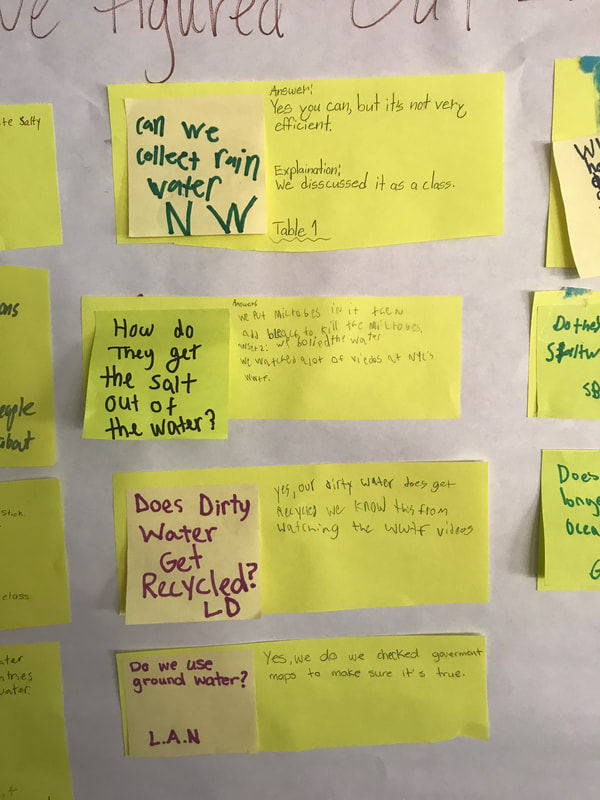
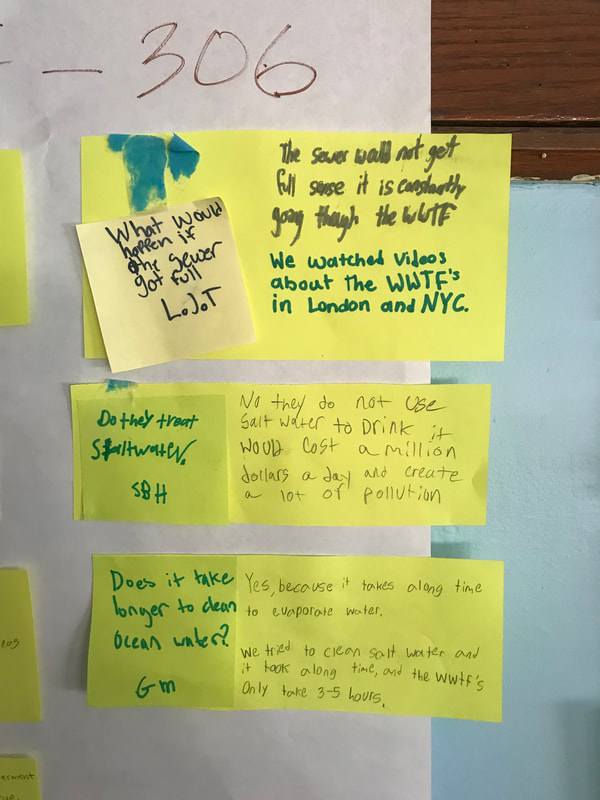
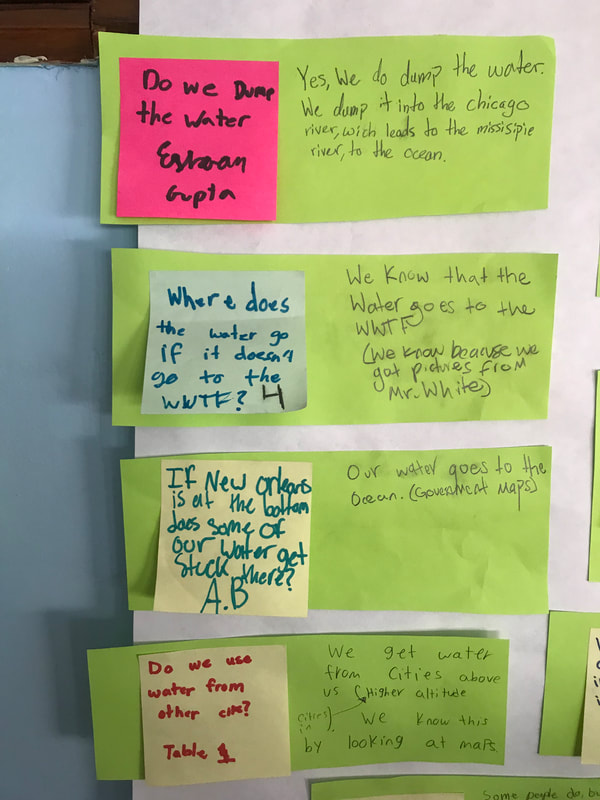
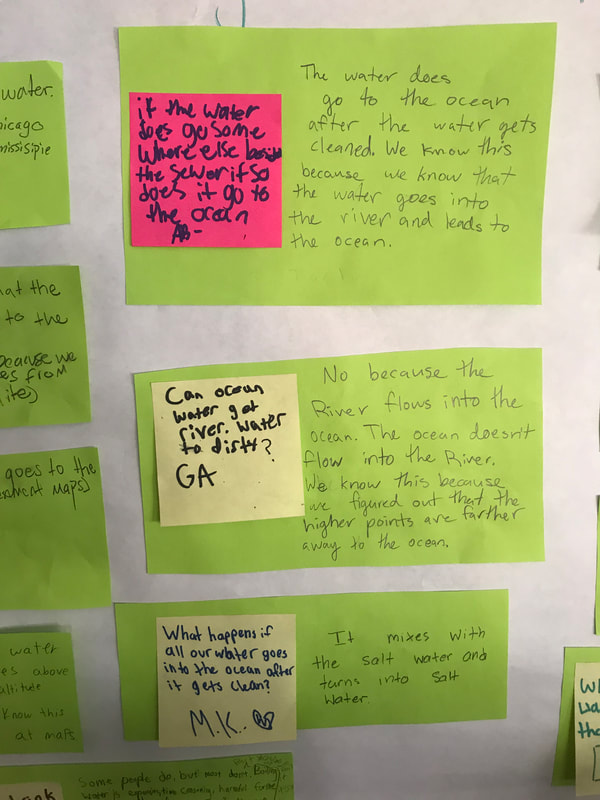
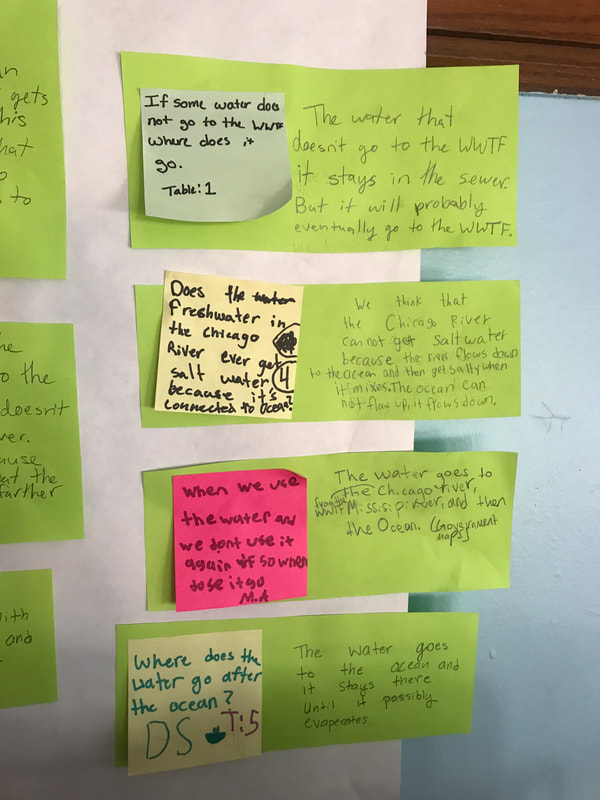
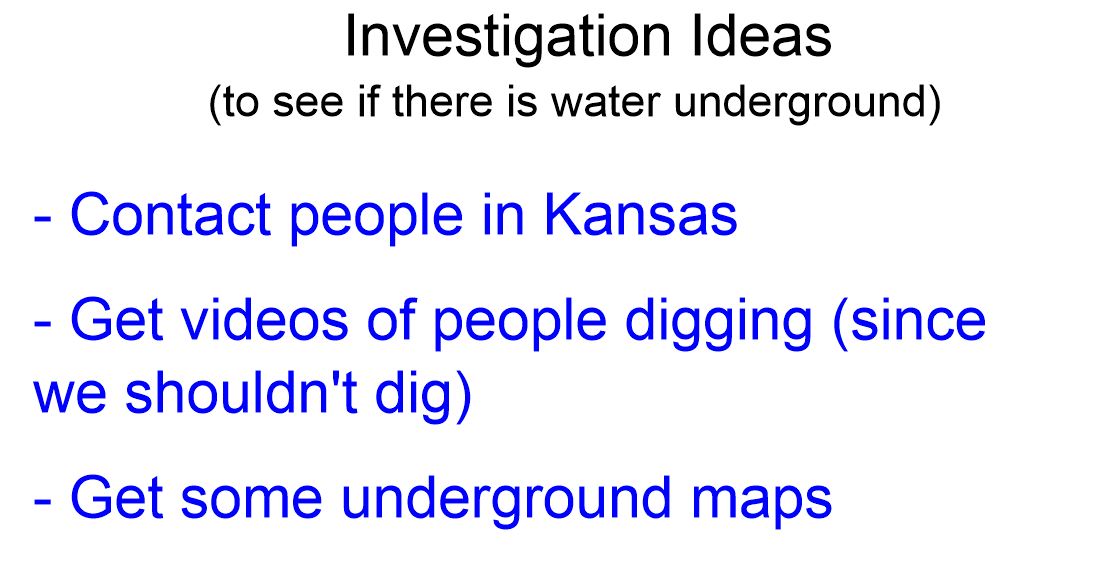
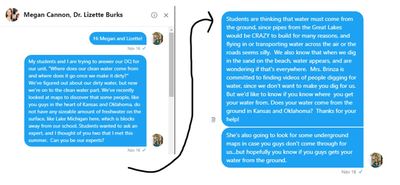
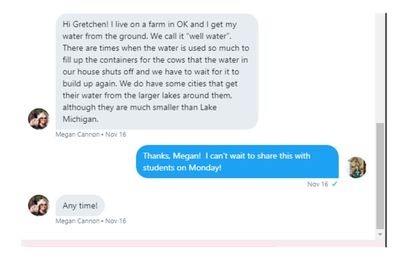
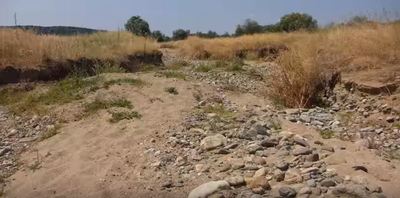
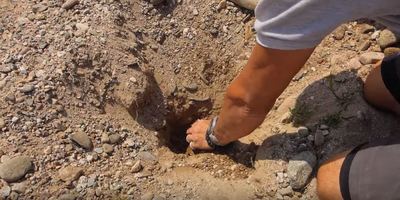
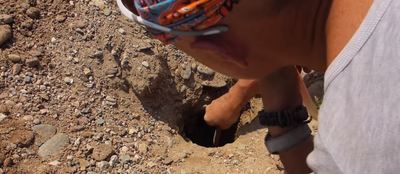
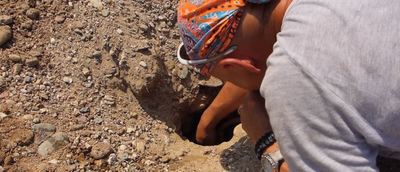
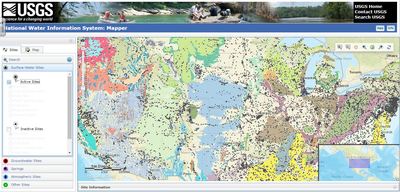
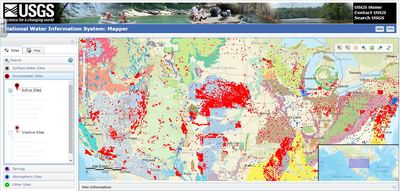
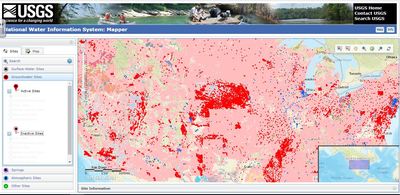
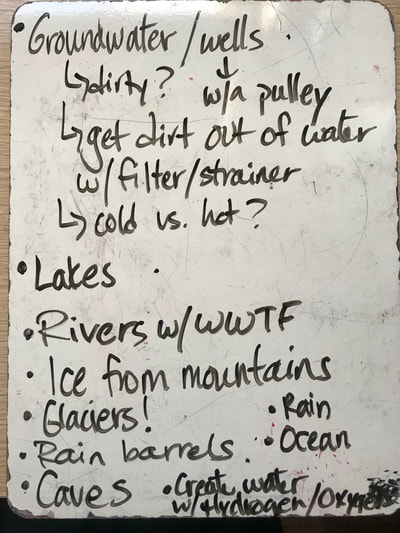
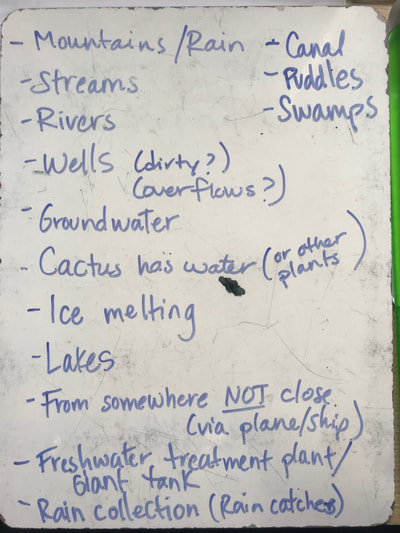
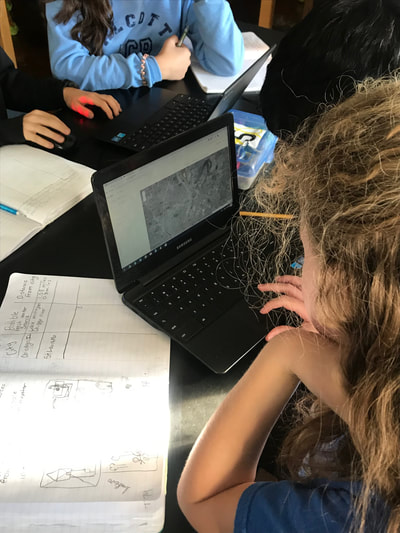
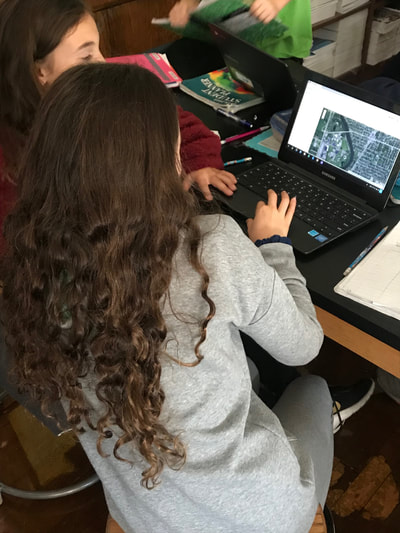
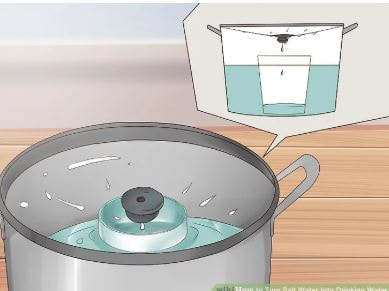
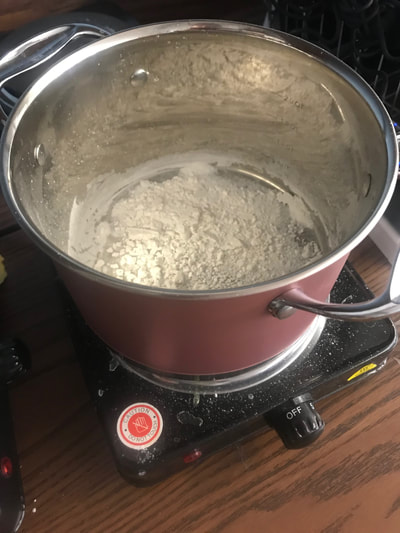
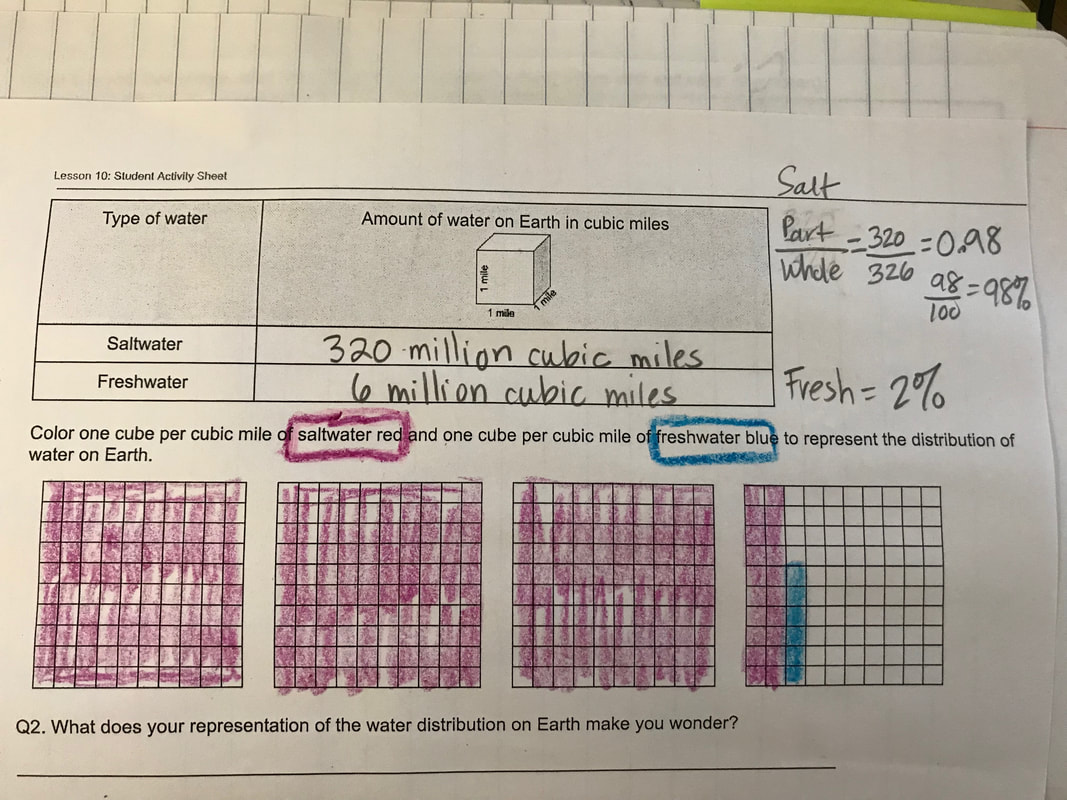
 RSS Feed
RSS Feed